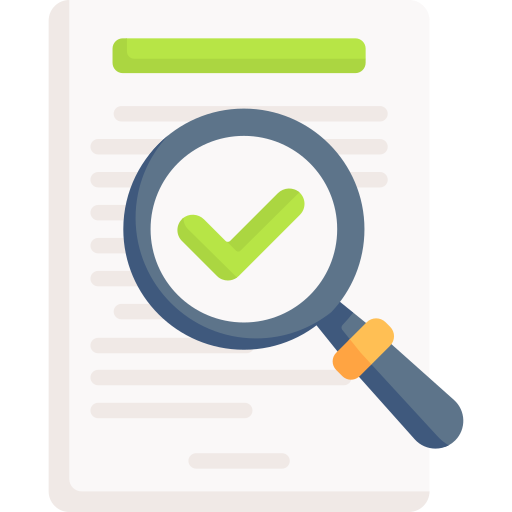Sometimes prepositions and other little words are the ones that are most confusing. This is especially true if English is not your native language. At TextRanch, mix-ups over when to use “in” and when to use “on” occur on a daily basis. If you have trouble keeping these two prepositions straight, you are not alone!
Need Editing and
Proofreading Services?

When to use “in”
Generally, “in” is used when you are referring to someone or something that is located within a space that has physical boundaries. Think about a desk that has a lot of drawers. If your colleague tells you that you can use the stapler in her desk, then you would open the drawers to look for it.
Here are some more examples of how to use “in”:
Make sure the kids are in the house after dark.
Put the milk in the refrigerator before it spoils.
Nancy hates long drives where she has to sit in the car for hours.
There are three different kinds of fish in the aquarium.
When to use “on”
The preposition “on” also tells us about the location of someone or something. In this case, the person or object is making contact with that location, but they are not surrounded by anything.
Yes, that sounds a little confusing, so let’s go back to the example of the desk. Let’s imagine that this time, your colleague tells you that you can use the stapler on her desk. Instead of opening the desk drawers to find the stapler, you will check out the desktop. Unless the desk is extraordinarily messy, you should be able to see the stapler very easily.
Are you still confused? Here are some more examples:
Benny put the napkins and the plates on the table.
Mai placed the flower pots on the ground next to her gardening tools.
The owl is perched on the branch of the old maple tree.
It is dangerous to drive a car when someone is standing on it.
Except when…
Unfortunately, the English language does not always follow its own rules. In American English, the rules about “in” and “on” seem to fly out the window when the subject is transportation.
For cars, “in” and “on” follow the rules. If you are in a car, you are sitting there. Maybe you are driving. Your child might be in a booster seat. However, if you are on a car, you are standing or sitting atop the roof or the hood. (Hopefully, the car is not moving!)
What about airplanes, boats, buses, and trains? Unfortunately, they do not follow the rules! Take a look at these sentences:
The Smiths were so excited to be on an airplane because no one in the family had never flown before.
Simon’s ancestors came to America on a boat.
The last time I rode on a bus, some weirdo kept bothering me.
There were a hundred passengers on the train when it derailed.
Thus, if you are writing about traveling, beware that there might be an odd “in/on” quirk.
Need Editing and
Proofreading Services?

Both “in” and “on” have other uses, but the above contexts are the ones where the editors at TextRanch tend to see the most confusion. As always, we welcome you to click the link below if you would like us to make sure you are using “in” and “on” (and other words) correctly.








2 Replies to Confused About “In” and “On”?
Thank you,
Nice and Informative Blog.
peach colour kurti
Thanks!
It was very useful. I liked your Posts ’til now.
Ask an Editor: A New TextRanch Feature!
Proofreading vs. Editing: What’s the Difference?
Human Editors: Why Do You Need One?
How can I improve my understanding of native-English speakers? Part 1